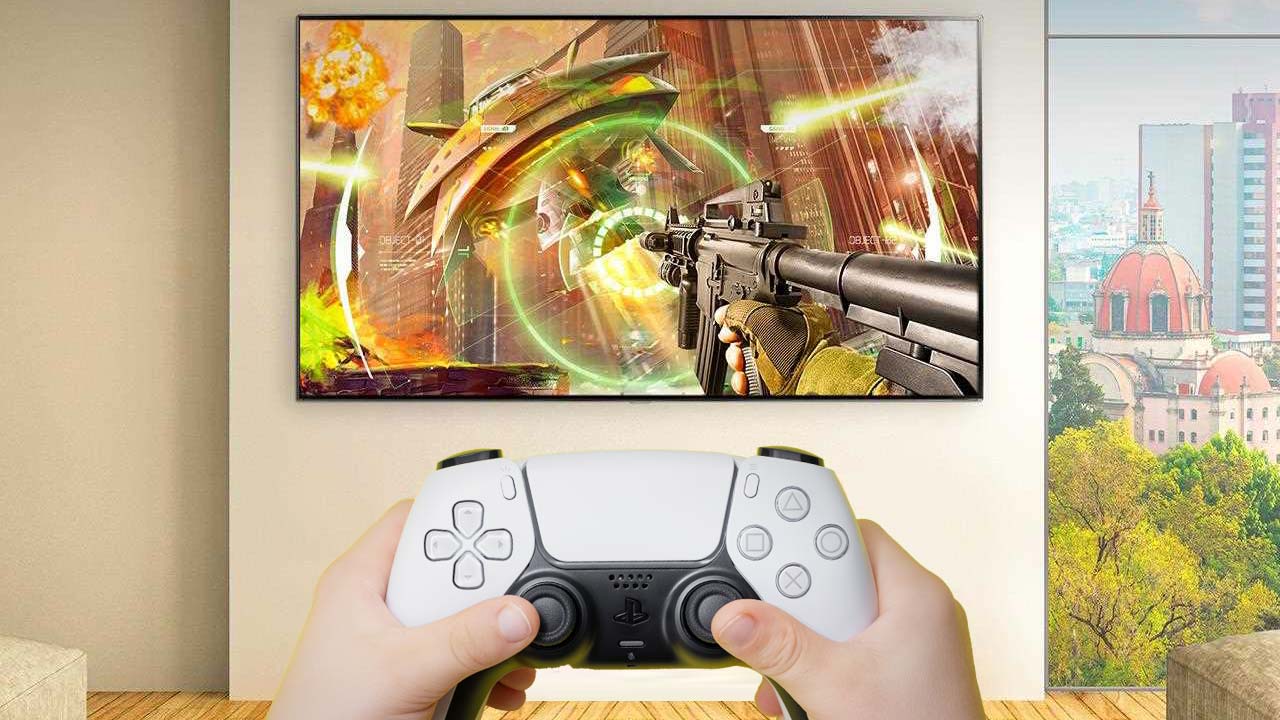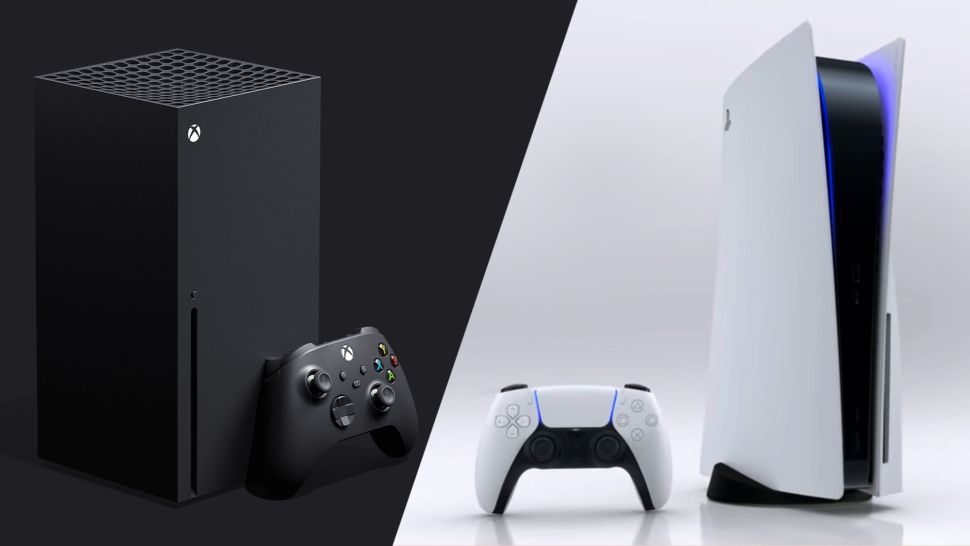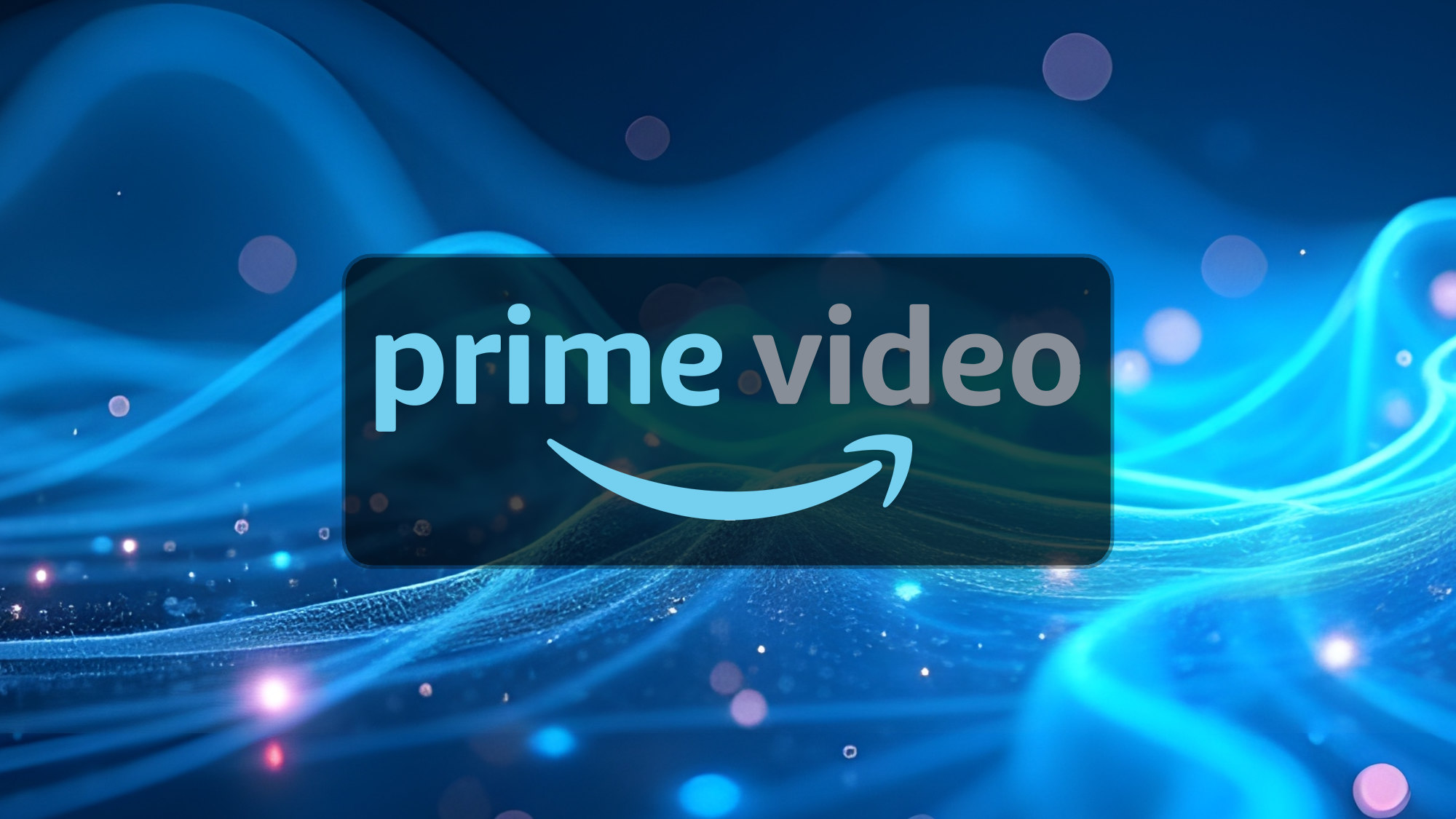I used an LG OLED TV with the PS5 and Xbox Series X — is it worth it?
LG's OLED TVs are extremely expensive, but may be worthwhile for gamers

Back in November, the LG CX OLED TV solved a huge gaming problem for me. I was on the docket to cover the PS5 and Xbox Series X consoles at launch, but all I had in my living room was an eight-year-old Samsung LED TV with a 1080p display. I was on the verge of hooking the consoles up to a PC monitor just to test their 4K capabilities, when LG suggested an alternative: How about reviewing them with a 48-inch LG CX OLED instead?
For those who aren’t familiar with it, the LG CX OLED TV lineup is exactly what it sounds like. These high-end 4K HDR TVs employ gorgeous OLED screens and up to 120 Hz refresh rates. They run on the decent LG webOS interface, and provide better-than-average sound thanks to AI processing. You can read our full review for more details, but basically, the LG CX OLED is currently one of the best TVs you can buy -- and when plugged into a PC, it competes admirably against the best gaming monitors on the market.
- Play the best PS5 games
- Where to buy Xbox Series X: Latest stock updates
- More: Check out our guide on how to set up a PS5 VPN
And, as you might imagine, that also makes it one of the more expensive TVs you can buy.
LG CX OLED TVs start at $1,500 for a 48-inch model, and go all the way up to an eye-watering $5,000 for a 77-inch model. Compare and contrast to LG’s own 49-inch 4K TV for $380, or true budget models from TCL and Vizio, which often cost less than $300. While OLED screens are, indeed, in a class of their own, that $1,200 difference would buy both next-gen consoles, with enough left over for extra controllers and games.
Now that I’ve had the LG CX OLED for a few months, I can say that it’s easily the best TV I’ve ever owned, and that it offers numerous benefits for next-gen gaming that cheaper screens simply don’t. But I can also say that a TV that costs at least $1,500 is a very hard sell for all but the most dedicated videophiles.
What does the LG CX OLED do for gaming?

When LG sent the CX OLED, it was clear that the company had put gaming front and center. Thanks to a collaboration with Ubisoft, the TV arrived in an Assassin’s Creed Valhalla box, along with a review code for the game, a Corsair gaming headset and an honest-to-goodness wooden Viking shield.
(Really. The shield had leather straps and metal studs and everything. I’m not sure it would stop an arrow, but I’m not sure it wouldn’t, either.)
Get instant access to breaking news, the hottest reviews, great deals and helpful tips.
The supplementary materials weren’t terribly interesting to me, however. Once I sorted through the gargantuan boxes (at least one of which was bigger than me), I set up the TV — a genuinely terrifying process, since OLED screens are ridiculously thin, and notoriously prone to damage if mishandled. I hooked up my PS5, booted up Assassin’s Creed Valhalla, and marveled at the results. While I was always happy with the picture that my 1080p Samsung provided, I was not ready for the sharpness, the fluidity and, most importantly, the color that the LG CX OLED provided.
If you’ve never used an OLED screen for an extended period of time, it’s difficult to describe just how much of a difference it makes for color palettes. Without going into tremendous detail, OLED uses different material than standard LED screens, which allows it to reproduce much deeper blacks, and more lifelike colors. This makes bright scenes pop, but the real difference I noticed was with dark scenes. When Eivor explored underground tombs or swam muddy rivers at night, the LG CX helped me make out both him and his surroundings in exquisite detail, using minimal light sources and a tremendous amount of gradation between blacks, browns and grays. To say this is “impossible” on a traditional LED screen is an overstatement, but it’s at least much more difficult.
Another key component in OLED's picture quality is its superior delivery of HDR color palettes. Tom's Guide has an explainer on the subject.
“OLED is emissive, which means it does not need a backlight,” an LG rep told Tom’s Guide. “Each pixel creates its own light, and can be individually controlled. This means that the TV can create perfect black, excellent shadow detail, and has no light bleed or halo effect when dark and bright images are adjacent to each other.”
From a technical perspective, the LG CX OLED also offers a 120 Hz refresh rate, HDMI 2.1 and Nvidia G-Sync and AMD FreeSync compatibility. The refresh rate is not all that important yet — relatively few PS5 and Xbox Series X games support 120 Hz, particularly while running at UHD resolutions — but this could change over the next few years, and TVs that offer only 60 Hz refresh rates could be a distinct disadvantage.
HDMI 2.1 is a big deal when it comes to low latencies and variable refresh rates, in addition to providing potentially better audio output to soundbars. G-Sync and FreeSync are indispensable for living-room PC gaming, especially since many TVs suffer from PC input lag.

A $1,200 upgrade
Granted, readers shouldn’t be shocked to learn that a $1,500 TV makes games look great. Frankly, if it didn’t, something would be seriously wrong. The bigger questions, then, are, “Does the LG CX OLED offer gaming advantages that other TVs don’t?,” and “Are those advantages worth a $1,200 premium?”
To the first question, I’ll say “sort of.” As mentioned above, a 120 Hz refresh rate and GPU syncing are both useful for gaming, as well as relative rarities in TVs, usually relegated to gaming monitors instead. These are beneficial for single-player games, and potentially advantageous for multiplayer ones.
“For truly high speed gaming, where reaction times really matter, OLED is the perfect choice,” the LG rep told us. “LG’s line buffer operation combined with OLED’s ultra fast response provide an input lag that often exceeds that found in higher refresh rate dedicated gaming monitors.”
I would also be remiss if I didn’t mention that OLED, by itself, is a huge step up over traditional LED screens. The depth and accuracy of color still occasionally takes my breath away, more than two months later. If games, movies and TV mean a lot to you, then an OLED screen is an investment that will pay dividends for years to come.
“Gaming on OLED has tangible benefits,” the rep continued. “With OLED, gamers can immerse themselves in the game as all of the stuttering and tearing is eliminated, allowing them to fully focus on their game and play their best.”
The second question is where I run into some resistance. As I mentioned above, $1,200 is a ton of money, particularly in gaming terms. Assuming that your total entertainment budget is $1,500, you could buy an LG CX OLED TV — or you could buy an LED 4K TV, with enough money left over for both new consoles, or a fairly powerful gaming PC.
Lately, I’ve also been thinking more and more about how quickly our eyes adapt to different visual inputs. When I reviewed the Xbox Series S, I spent a lot of time with it on the LG CX OLED, as well as on my 1080p Samsung TV. When I first made the switch, the change was jarring — and after about half-an-hour, I’d forgotten about the visual differences and started to focus exclusively on the gameplay instead.
In other words, an OLED TV is almost always going to look better than a standard LED model. But unless you have two TVs side-by-side in your entertainment center, I don’t know how much of a difference it will make. The fact is that any UHD TV worth its salt can produce a good picture and a stable frame rate, and plenty of models will do that for $500 or less.
LG OLED CX outlook

Ultimately, OLED’s advantages for gaming are pretty similar to its advantages for movies and TV: richer colors, better light/dark contrast and potentially better refresh rates. And, as with non-gaming applications, viewers will have to decide for themselves whether that’s worth a $1,000-plus premium.
My gut instinct is that OLED alone isn’t worth the premium for gaming, particularly when there are so many excellent TVs for 1/3 of the price, or less. But if the TV has a lot of other useful features — as the LG CX does — it’s at least worth checking out a few reviews and seeing if you can snag a sale somewhere down the line.
And if you’ve never seen OLED in action, it’s high time to take a detour to your local electronics store and check it out in person. That alone might convince you to take the expensive plunge.
- Consider the best gaming PCs if you're looking for outstanding visuals

Marshall Honorof was a senior editor for Tom's Guide, overseeing the site's coverage of gaming hardware and software. He comes from a science writing background, having studied paleomammalogy, biological anthropology, and the history of science and technology. After hours, you can find him practicing taekwondo or doing deep dives on classic sci-fi.
